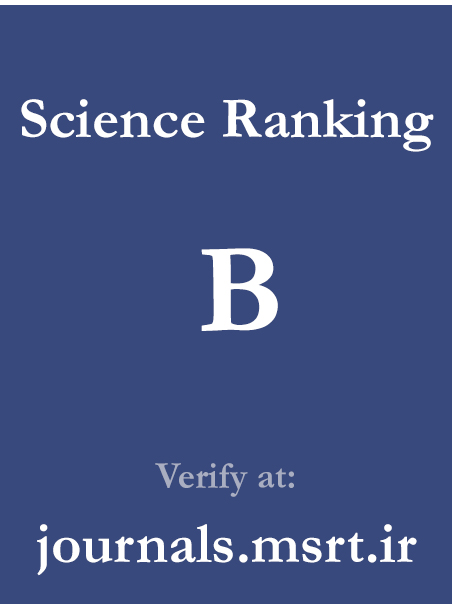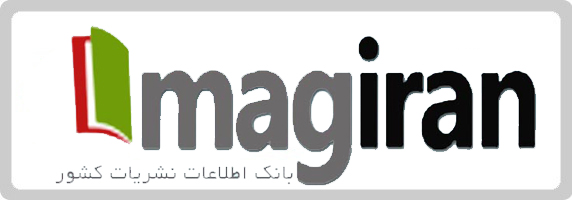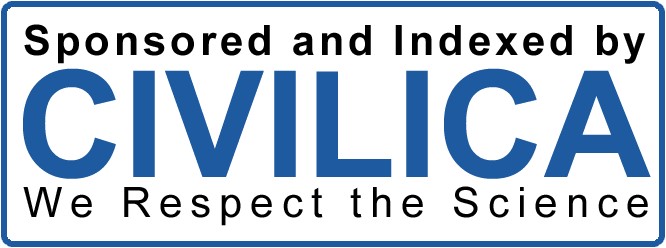What Makes an Effective EFL Teacher? Insights from Iranian Elementary-Level Learners
Keywords:
Effective teacher, EFL learners' insight, Elementary-level teachingAbstract
Identifying what constitutes teacher effectiveness from learners’ perspectives is considered a significant factor in enhancing the learning process, particularly at the elementary level where teachers’ performance plays a pivotal role in learning outcomes. Effective English teaching at the elementary level demands knowledgeable teachers who can deal with low-level learners. The present study sought to examine the perceptions of Iranian EFL learners regarding teacher effectiveness at the elementary level. To this end, a grounded theory design was selected for it. The study sample included 50 male and female learners, selected via available sampling. To collect the data, a semi-structured interview was implemented. Data were analyzed using qualitative thematic analysis. The results revealed the following key perceptions, identified for learners’ perceptions: Creating a meaningful educational setting, integrating technology into teaching, parents' involvement, creating motivation through engagement, using collaborative learning, and the employment of L1 in the teaching and learning process. The findings have several implications for various stakeholders including EFL teachers, learners, teacher educators and curriculum developers in teacher education.
Downloads
References
1. Ahmed M. Professional difficulties facing secondary school English language teachers and its effect in classroom performance in Northern governorates of Palestine: Al Najah National University, Nablus; 2003.
2. Alhajiri F, Alshuraiaan A. Comparative analysis of TESOL methods within the context of English language education in Kuwaiti universities. Journal of World Englishes and Educational Practices. 2023;5(3):25-34. doi: 10.32996/jweep.2023.5.3.2.
3. Bowman L. A study of teacher effectiveness evaluation models in American schools 2013.
4. De la Fuente MJ, Goldenberg C. Understanding the role of the first language (L1) in instructed second language acquisition (ISLA): Effects of using a principled approach to L1 in the beginner foreign language classroom. Language Teaching Research. 2022;26(5):943-62. doi: 10.1177/1362168820921882.
5. Dong Y, Dong WY, Xiao-Ying S, Tang Y. The effects of home literacy environment on children's comprehension development: A meta-analysisJO - Educational Sciences: Theory & Practice. 2020;20(2):63-82. doi: 10.12738/jestp.2020.2.005ER -.
6. Edge J. Cooperative development: Professional self-development through cooperation with colleagues: Longman; 1992.
7. Fatehi Rad N, Rabaniebrahimipour K, Rajaee B. Enhancing reading skills in EFL young learners with mild intellectual disabilities through music intervention. Journal of Translation and Language Studies. 2024;5(1):50-64. doi: 10.48185/jtls.v5i1.941.
8. GhorbanDordinejad F, ImamJomeh MR. Reliability and validity of Attitude/Motivation Test Battery. Education Technology. 2011;6:67-77.
9. Herzallah AA. Professional development obstacles facing primary English language teachers in Northern Gaza: The Islamic University of Gaza, Deanery of Postgraduate Studies, Faculty of Education Department of Curricula and Teaching Methods; 2011.
10. Johnson CC. The road to culturally relevant science: Exploring how teachers navigate change in pedagogy. Journal of Research in Science Teaching. 2011;48(2):170-98. doi: 10.1002/tea.20405.
11. Johnson L, Smith K. Personalized Learning in Kindergarten: A Review of the Literature. 2014.12. Ahmed M. Professional difficulties facing secondary school English language teachers and its effect in classroom performance in Northern governorates of Palestine: Al Najah National University, Nablus; 2003.
13. Kaboodvand MA. Perceptions of effective language teaching in Iran 2013.
14. Kagen DM. Professional growth among pre-service and beginning teachers. Review of Educational Research. 1992;62(2):129-69. doi: 10.3102/00346543062002129 10.2307/1170578.
15. Kianinezhad N. Effective methods of teaching foreign languages online: A global view. TESOL and Technology Studies. 2023;4(1):45-59. doi: 10.48185/tts.v4i1.846.
16. Korthagen FA. In search of the essence of a good teacher: Towards a more holistic approach in teacher education. Teaching and teacher educationVL - 20. 2004(1):77-97. doi: 10.1016/j.tate.2003.10.002.
17. McCormack A, Gore J, Thomas K. Early career teacher professional learning. Asia-Pacific Journal of Teacher Education. 2006;34(1):95-113. doi: 10.1080/13598660500480282.
18. McIntyre T, McIntyre S, Francis D. Occupational stress, psychological well-being, and life satisfaction among teacher education students. Journal of Education for Teaching. 2017;5(4):323-70.
19. Moafian F, Pishghadam R. Construct validation of a questionnaire on characteristics of successful EFL teachers. Pazhuhesh-e Zabanhe-ye Khareji Journal. 2009;54:127-42.
20. Moon B. The open learning environment: a new paradigm for international developments in teacher education. Routledge international companion to education: Routledge; 2004. p. 756-70.
21. Munday J. Challenges faced by pre-school teachers: A qualitative study. International Journal of Early Childhood Education. 2022;6(1):70-85.
22. Ntumi MN. Challenges experienced by pre-school teachers in implementing the early childhood curriculum in Tanzania. International Journal of Early Childhood Education. 2016;14(1):99-117.
23. Owusu AA, Cobbold C. Factors that influence learning strategy use among senior high school Economics students in Ghana: A quantitative approach. International Journal of Learning, Teaching and Educational Research. 2020;19(5):167-85. doi: 10.26803/ijlter.19.5.10.
24. Purnomo R. What makes a good teacher of English as a foreign language? Journal of Nusantara Education. 2023;3(1):31-8. doi: 10.57176/jn.v3i1.80.
25. Rahimi M, Karkami FH. The Role of Teachers' Classroom Discipline in Their Teaching Effectiveness and Students' Language Learning Motivation and Achievement: A Path Method. Iranian Journal of Language teaching research. 2015;3(1):57-82.
26. Richards JC. Exploring emotions in language teaching. RELC Journal. 2020;53(1):225-39. doi: 10.1177/0033688220927531.
27. Underhill A. The learning school. Humanizing Language Teaching. 2004;6(1):123-39.
28. Yang X, Kuo LJ, Ji X, McTingue E. A critical examination of the relationship among research, theory, and practice: Technology and reading instruction. Computers & EducationVL - 125. 2018:62-73. doi: 10.1016/j.compedu.2018.03.009.
29. Zhang Y. A study on ESL teachers' intercultural communication competence. English Language Teaching. 2017;10(11):229-35 DO.
Downloads
Published
Submitted
Revised
Accepted
Issue
Section
License
Copyright (c) 2025 Shadi Moradzadeh Fard (Author); Mohammad Iman Askari; Neda Fatehi Rad (Author)

This work is licensed under a Creative Commons Attribution-NonCommercial 4.0 International License.



